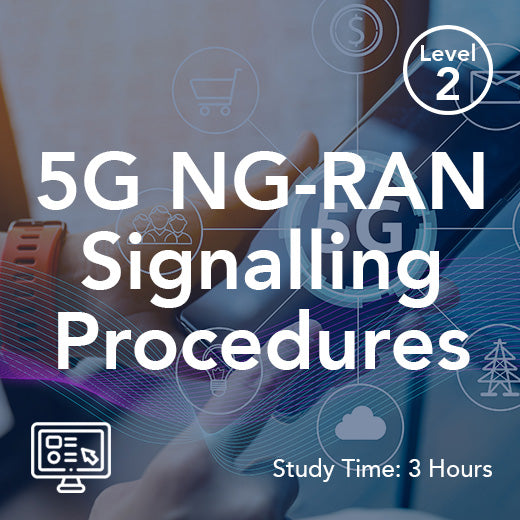Network-to-Network Interface (NNI)
- , di Paul Waite
- 3 tempo di lettura minimo
The Network-to-Network Interface (NNI) is a critical component in the telecommunications industry that plays a vital role in enabling seamless communication and data exchange between different networks. In the United Kingdom, where the telecom sector is highly advanced and constantly evolving, the NNI serves as a linchpin that connects various service providers, facilitates interconnection, and ensures the smooth flow of information across diverse networks.
At its core, the NNI is a point of interconnection between two distinct networks, allowing them to exchange data, voice, and other forms of communication traffic. This interface is particularly crucial in the realm of telecommunications, where multiple service providers operate separate networks that need to interoperate efficiently to deliver services to end-users. In the UK, with a plethora of telecom operators offering a wide range of services, the NNI acts as a gateway that enables seamless communication between these networks, ensuring that customers can connect with each other regardless of their service provider.
One of the key benefits of the NNI is its ability to simplify the process of interconnecting different networks. By establishing a standardized interface for communication and data exchange, the NNI streamlines the interconnection process, reduces complexity, and enhances interoperability between networks. This is especially important in the UK telecom landscape, where interoperability is critical for delivering services such as voice calls, messaging, video conferencing, and data transfer across diverse networks.
Moreover, the NNI plays a crucial role in enhancing the resilience and reliability of telecom networks in the UK. By providing a dedicated interface for network interconnection, the NNI helps service providers create redundant pathways for communication traffic, ensuring that data can flow uninterrupted even in the event of network failures or outages. This redundancy is essential in a country like the UK, where uninterrupted communication is vital for businesses, emergency services, and everyday citizens.
In addition to its technical benefits, the NNI also has significant implications for the business side of the telecom industry in the UK. By enabling seamless interconnection between networks, the NNI fosters competition, innovation, and collaboration among service providers. This competition is essential for driving improvements in service quality, expanding service offerings, and lowering costs for consumers. In the UK, where the telecom market is highly competitive, the NNI serves as a catalyst for innovation and growth, encouraging service providers to continuously enhance their networks and services to meet the evolving needs of customers.
Looking ahead, the NNI is poised to play an even more significant role in the UK telecom landscape as new technologies such as 5G, Internet of Things (IoT), and cloud computing continue to reshape the industry. These emerging technologies require robust, high-speed interconnection between networks to support the growing demand for data-intensive applications and services. The NNI will be instrumental in enabling seamless communication and data exchange between these networks, laying the foundation for a more connected, efficient, and innovative telecom ecosystem in the UK.
In conclusion, the Network-to-Network Interface (NNI) is a critical component of the UK telecom industry that facilitates seamless interconnection between networks, enhances reliability and resilience, fosters competition and innovation, and paves the way for future technological advancements. As the telecom sector in the UK continues to evolve and grow, the NNI will remain a key enabler that drives progress, connectivity, and transformation in the digital age.

![[FN06sh] 5G AVANZATO (su richiesta)](http://wraycastle.com/cdn/shop/files/5G-Advanced.jpg?v=1741086243&width=645)
































